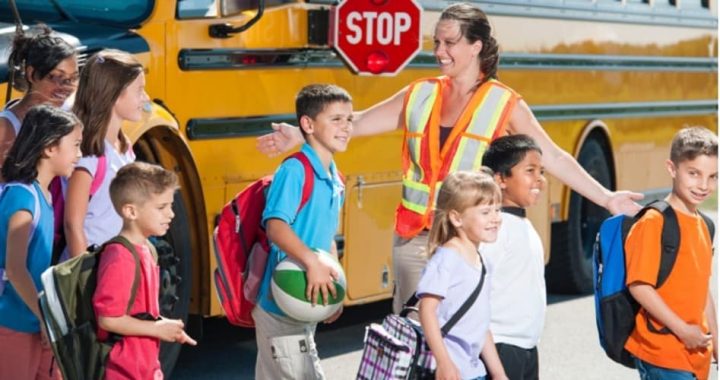
Do schools make flu season possible? In light of the growing coronavirus (COVID-19) pandemic, it may be time at long last to reconsider the wisdom of herding the nation’s children into close proximity in public schools as doing so seems almost certain to engender the spread of disease.
In fact, if you consider “flu season,” the annual outbreak of influenza, colds, runny noses and other influenza-like illnesses (ILIs), you’ll see that the timing corresponds with the start and end of the traditional American school year.
Importantly, this is true even though the flu virus is present year-round.
“While seasonal influenza (flu) viruses are detected year-round in the United States, flu viruses are most common during the fall and winter,” the CDC notes. “The exact timing and duration of flu seasons can vary, but influenza activity often begins to increase in October. Most of the time flu activity peaks between December and February, although activity can last as late as May.”
Elsewhere, the CDC notes that “people with flu can spread it to others up to about 6 feet away.” In schools, large populations of children are packed into relatively small spaces. They share lockers and bathrooms, desks are close together, and they engage in play and sports that bring them into continuous close contact with one another. It would be difficult to imagine a more perfect setting for the spread of diseases like the flu, or COVID-19, than this.
In fact, in 2010 researchers affiliated with Stanford University used wireless sensors to measure the spread of flu in a high-school environment. “At 94% coverage, we collected 762,868 CPIs (close proximity interactions) … among 798 individuals,” they reported in a paper published in the Proceedings of the National Academy of Sciences. While they cautioned that their study was not sufficient on its own as a basis for broad public health recommendations, it did underscore the propensity for transmission of ILIs in school environments.
Asked who should be vaccinated in a school environment to slow down the spread of the disease, postdoctoral researcher Marcel Salathé said strategy wouldn’t matter.
“Almost nothing was better than the random strategy unless you measure who interacts with who and for how long in a typical day,” Salathé told Stanford News Service. “That flies in the face of what most people might think — that the super-popular kids with more connections than everyone else are more likely to spread more of the virus. But it doesn’t matter if you’re a teacher or a student or a staff member, or whether you’re popular or not. Everyone’s pretty much the same when it comes to transmission of the flu.”
Moreover, the researchers found that the number of close interactions wherein transmission might be possible was extremely high in the school setting. “The enormous amount of interactions that occur in a single day is mind-blowing,” Salathé said at the time.
Further verification of the role of schools in promoting disease outbreaks was published in PLoS One in 2015 by Japanese researchers, including Satoshi Mimura of the Department of Virology at the Tohoku University Graduate School of Medicine in Sendai, Japan.
Studying flu outbreaks in preschool and primary schools in Japan, the researchers confirmed that schools play a significant role in promoting the spread of viral diseases within communities.
“Our findings suggest that preschool and primary school children played an important role as a driving force of epidemics in the community in both 2011/12 and 2012/13 seasons,” they noted. They also pointed out that the city where they conducted their research “has a highly aging population.” Still, it was schoolchildren who played a significant role in spreading disease. “Even in such ageing community,” they wrote, “school-age children are playing an important role in influenza transmission.”
With the spread of the COVID-19, we are now seeing schools closing in parts of the world most seriously affected. But, the question remains whether delivering education in the modern world is best accomplished using traditional mass schooling methods, especially since it is well-known that schools play a central role in promoting the spread of disease.
Today’s technology allows for a variety of online learning environments that are very effective. There are many learning management systems (LMSs) that allow for provisioning training and remote learning. Video cameras are now ubiquitous, included as they are in every mobile device, and a variety of online platforms offer free or low-cost live-streaming options. Today, the rapid spread of technology is making home-schooling alternatives more readily available and viable than ever before.
Even though the rush is on now to fight the COVID-19 outbreak, it’s important to be forward looking and anticipate ways to prevent future outbreaks, even if those outbreaks are of the common flu. Even these outbreaks result in lost days of work, economic dislocation, and unnecessary deaths in the susceptible.
Much of this may be eliminated by replacing old-fashioned public schools with modern technology-based alternatives.
Photo: FatCamera/iStock/Getty Images Plus



